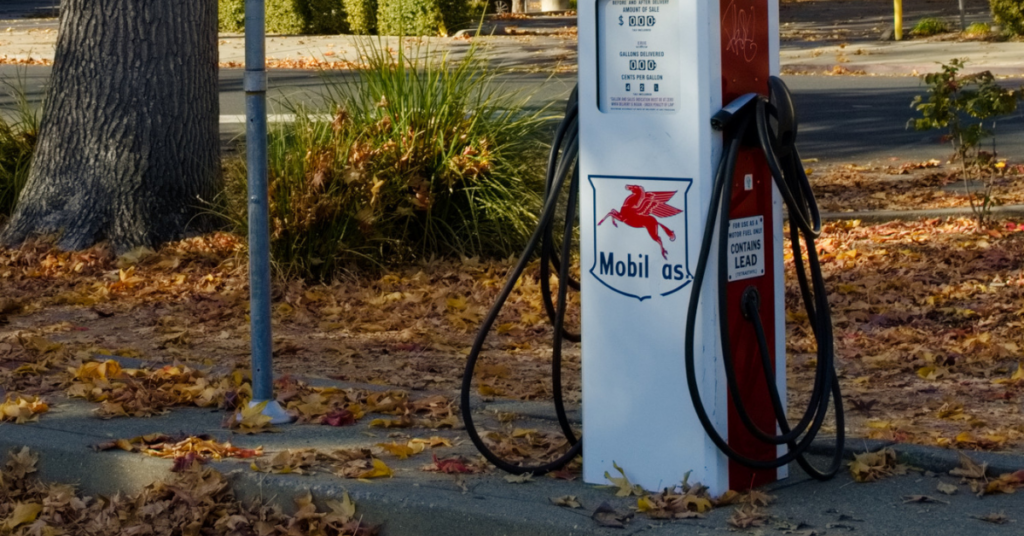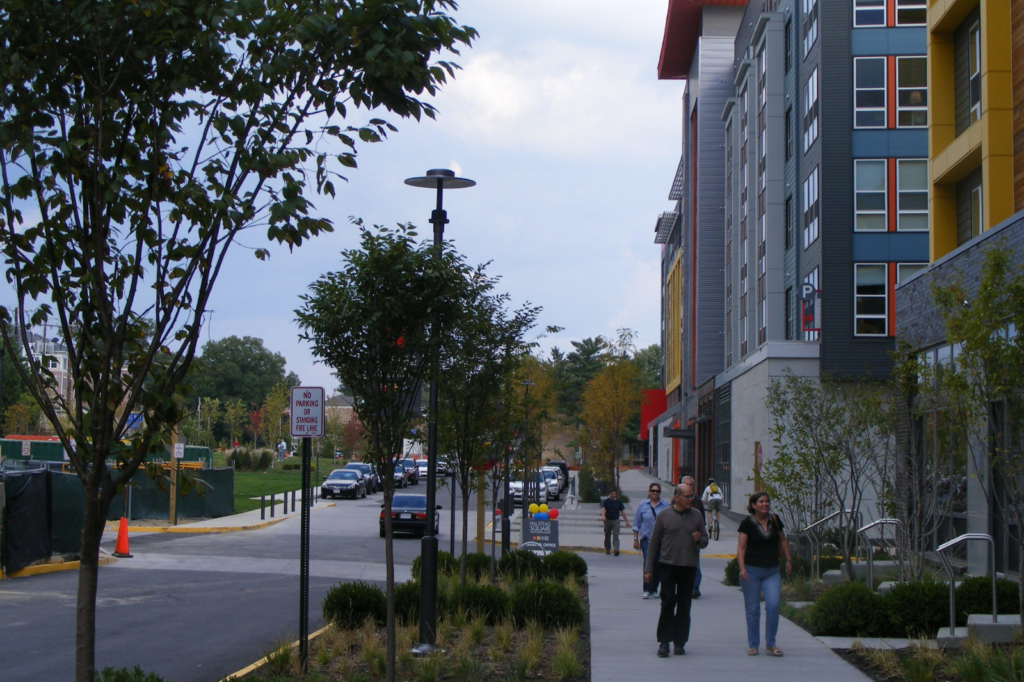
Building a charging network that works

It’s nearly impossible to move forward with a transition to electric vehicles without a network of chargers in place. However, though some federal funds have rolled out to the states, efforts to build out a charging network still have a long way to go.

Transportation is one of the leading sources of greenhouse gas emissions in the United States. Take it from USDOT—any effective strategy to reduce emissions requires both a transition to electric vehicles and opportunities to travel outside of a car.
To support the shift toward more sustainable transportation, federal and state governments are funding vital infrastructure for non-gas and non-diesel options. Highways that reliably connect sustainable fuel sources are gaining a shiny new distinction: alternative fuel corridors, or AFCs.
AFCs have become a key aspect of national strategy toward reducing environmental harms. First name-dropped on Capitol Hill in 2009, state governments from California to New York have been supporting efforts toward non-gasoline or diesel fuels even before that, naming their own corridors as well as establishing tax credits and HOV lane access for electric and alternative fuel vehicles.
Federal legislation from as early as 2015 called for the designation of AFCs, allowing them to be mapped out on a national level. Alternative fuel corridors could be designated for five specific fueling types: hydrogen, propane, compressed natural gas, liquefied natural gas, and electricity. Among the alternative candidates on the list, electric vehicles have been the option of choice for everyday Americans looking to commute to work, school, and the grocery store with the occasional road trip for leisure.
While this early effort helped link individual states’ efforts to build a connected sustainable highway network, money to build infrastructure would not arrive until the passage of the Infrastructure Investment and Jobs Act. Under the IIJA, it’s up to states to deploy the majority of EV funds through the $5 billion National Electric Vehicle Infrastructure formula program, and the administration to handle the $2.5 billion Charging and Fueling Infrastructure program. The Departments of Transportation and Energy jointly administer and manage these programs through the Joint Office of Energy and Transportation, though the Federal Highway Administration plays the leading role.
Funding charging options
While the Biden administration has faced criticism for a sluggish EV charging station rollout, with fewer chargers deployed than hoped after 3 years, states each had to spin up individual programs for two-thirds of that funding. As states roll out their plans and start scaling deployment, we’ll begin to see progress accelerate.
In many states, NEVI sites are meeting trends in industry standardization, adopting the Tesla-led NACS guidelines for chargers while also including adaptors for CCS vehicles. The Department of Transportation has made progress in loosening and clarifying certain requirements for federal electrification programs. Under the first round of Charging and Fueling Infrastructure grants, half of the funding for EV and alternative fueling stations was initially required to be placed within 1 mile of alternative fuel corridors, a rule that helped functionally limit chargers largely to car-dependent gas stations and roadside malls.
However, the CFI Alternative Fuel Corridor program’s second round of funding expanded this radius to 5 miles, a change T4A has previously advocated for. This change comes just in time too, as applications for the current notice of funding are open until September 11, 2024. On top of that, the CFI grant can help build more than just car chargers — FHWA has clarified that some e-micromobility improvements can be added on top of CFI projects. Recently announced awardees of CFI Round 1B, like New York City, may be taking advantage of this. While CFI fills in many gaps, future programs should go all the way on supporting e-micromobility.
The gas station model won’t be enough
The EV transition alone can’t be the sole strategy toward fighting transportation emissions, and it’ll fail if we follow the same patterns as the gas-powered status quo. The basic mechanics of fueling are different, taking an average of two minutes for gas-powered cars versus the twenty required for EVs.
People stand to benefit from healthy, walkable services and amenities, but that environment is not easily found given the current infrastructure. Building charging stations in small town main streets off the highway, even if they may take slightly longer to access, could boost local economies while also providing a more engaging break from the road: walking to local parks, checking out mom-and-pop stores, or grabbing groceries from nearby markets.
Additionally, more thought must be placed into how chargers’ placements can influence driving patterns. Focusing charger construction along highways could lead to more time spent driving, leading to tire emissions and increased wear on our roadways due to the high weight of EV batteries.
Alternative fuel corridors are only as efficient as the types of vehicles that they transport: for natural gas and hydrogen options, which are more focused on long-distance freight, it makes sense for these fueling stations to be placed near industrial areas and highways. However, EVs that largely serve commuters should have charging stations placed where individuals live and work, not necessarily where people drive the longest.
While these programs are taking steps forward, we could go further to ensure that the EV transition is making the biggest benefit. Perhaps a new designation can be created for urban areas, where residents and pedestrians are forced to walk near the polluted air of crowded city streets. Alternative fueling zones, similar to the low emissions zones that limit polluting vehicles from accessing some city centers, could provide charging solutions to promote cleaner population centers. Prioritizing charging in urban offices and apartment buildings can boost charging access, making communities more energy-efficient and more convenient places to live and travel.
The bottom line
Constituents and markets—even in states deeply entrenched in America’s fossil fuel industry—have an appetite for greater choice in transportation. While the IIJA contained major funding wins for cleaner transportation options, its 2026 expiration is quickly approaching. As federal legislators plan the next transportation reauthorization’s funding for EVs, they need to remember it is not just how much funding to allocate, but what policy to enact to maximize benefits for all.



